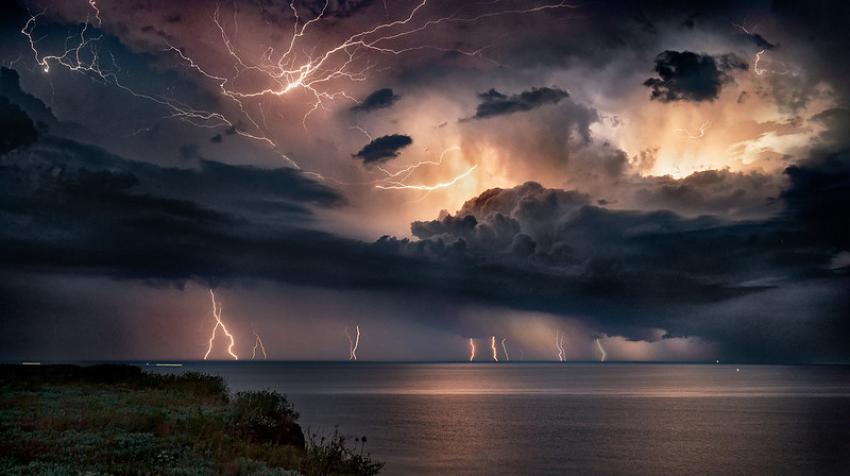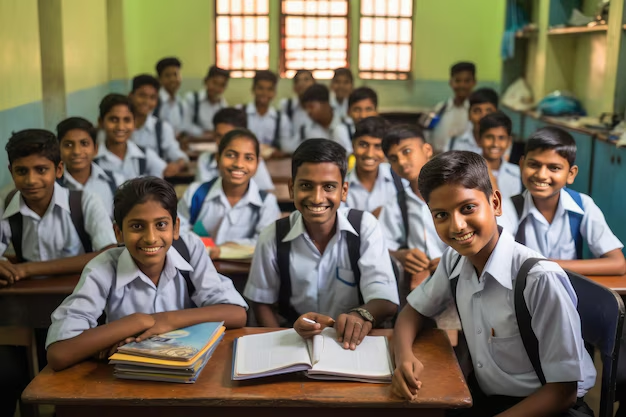
The alarming frequency of extreme weather events in recent months has underscored the pressing need for climate action. Across continents, unseasonal and severe climatic changes are creating unprecedented challenges. Asia has been battered by devastating floods, displacing millions and destroying crops in countries like India and Bangladesh. In Europe, wildfires have ravaged vast areas, including regions not traditionally prone to such disasters.
Scientists attribute these phenomena to rising global temperatures, a consequence of unchecked greenhouse gas emissions. According to the latest data from the IPCC, the Earth’s average temperature has already increased by 1.1°C since pre-industrial times. This warming is disrupting weather patterns, leading to more intense storms, prolonged droughts, and rising sea levels.
Governments worldwide are convening for emergency climate summits, emphasizing renewable energy adoption, carbon footprint reduction, and sustainable development. However, critics argue that these measures often lack the urgency and scale needed to counteract the rapid progression of climate change. Activists like Greta Thunberg have called for immediate, actionable reforms, urging global leaders to go beyond pledges and enforce strict policies.
The human and economic toll of these disasters is staggering. From ruined farmlands in South Asia to collapsed infrastructure in flood-stricken parts of the U.S., the impact is a harsh reminder of the interconnected nature of our global ecosystem. As the world grapples with this crisis, the focus must shift from reactive measures to proactive strategies for mitigation and adaptation








